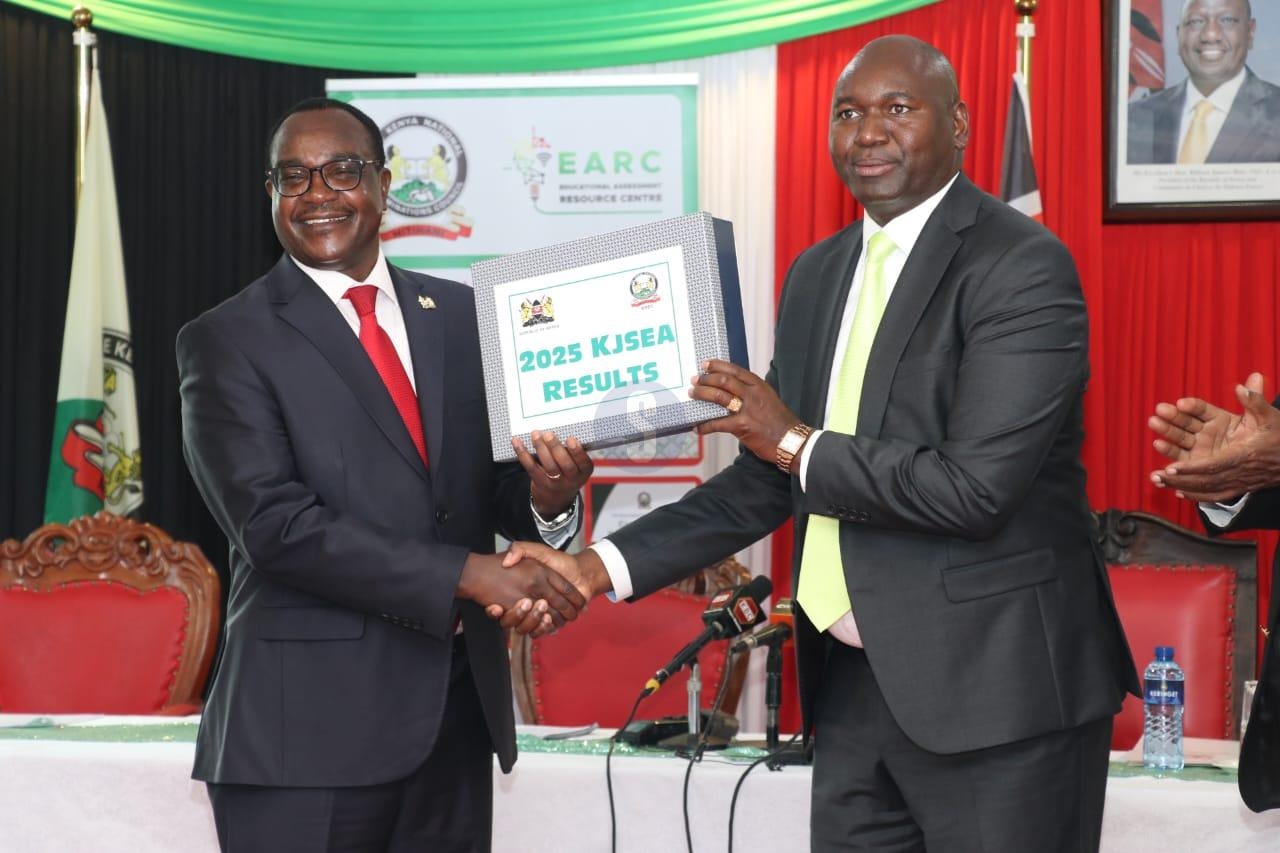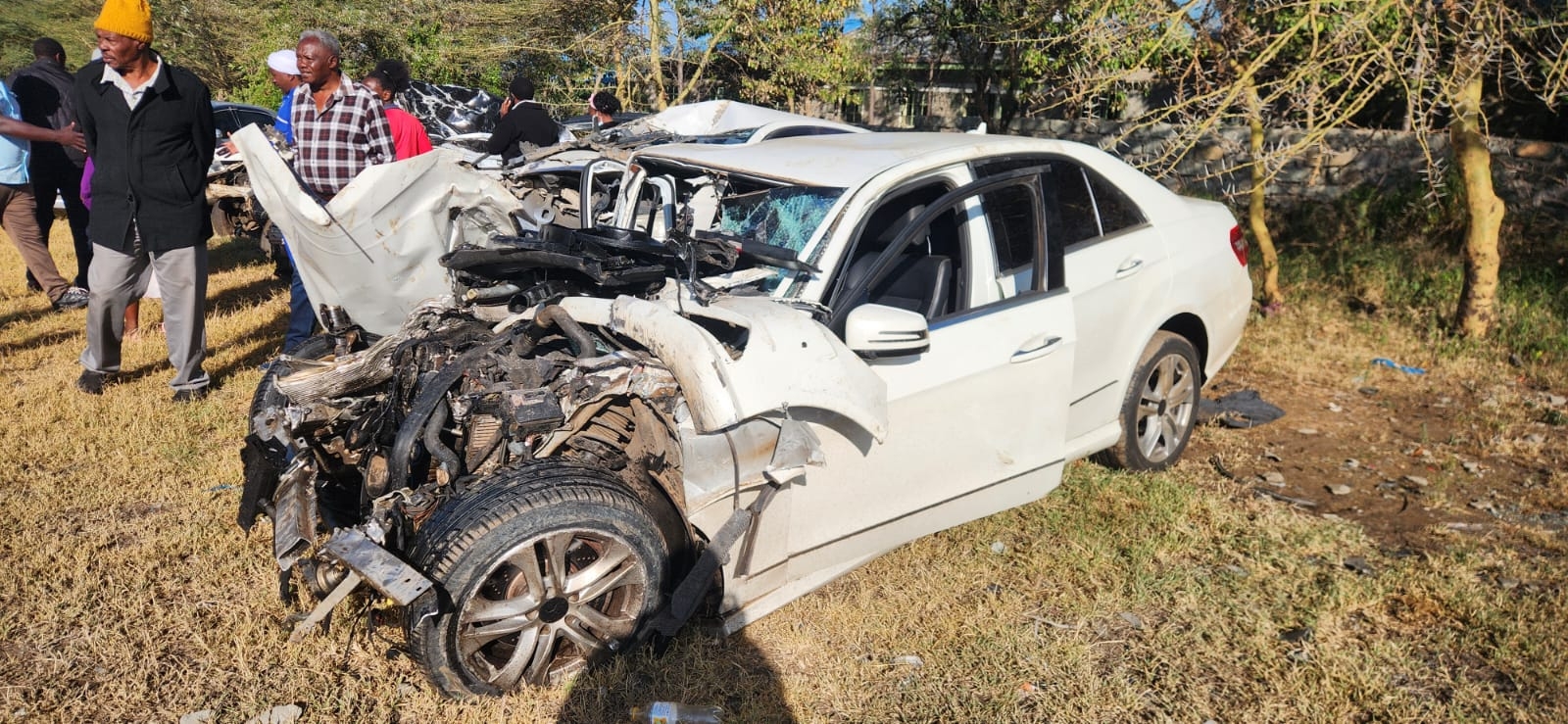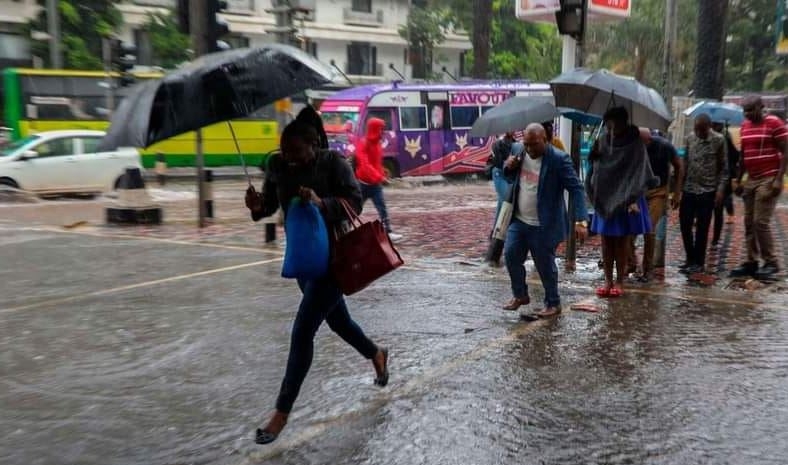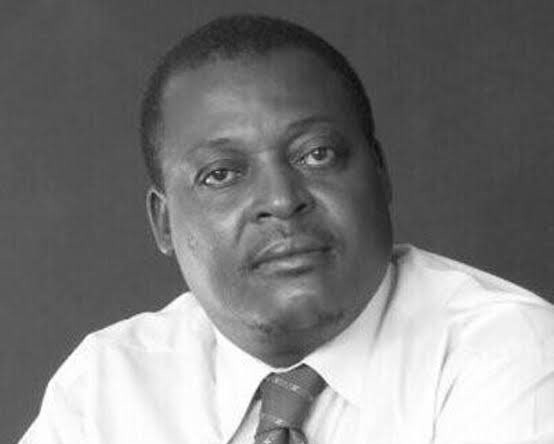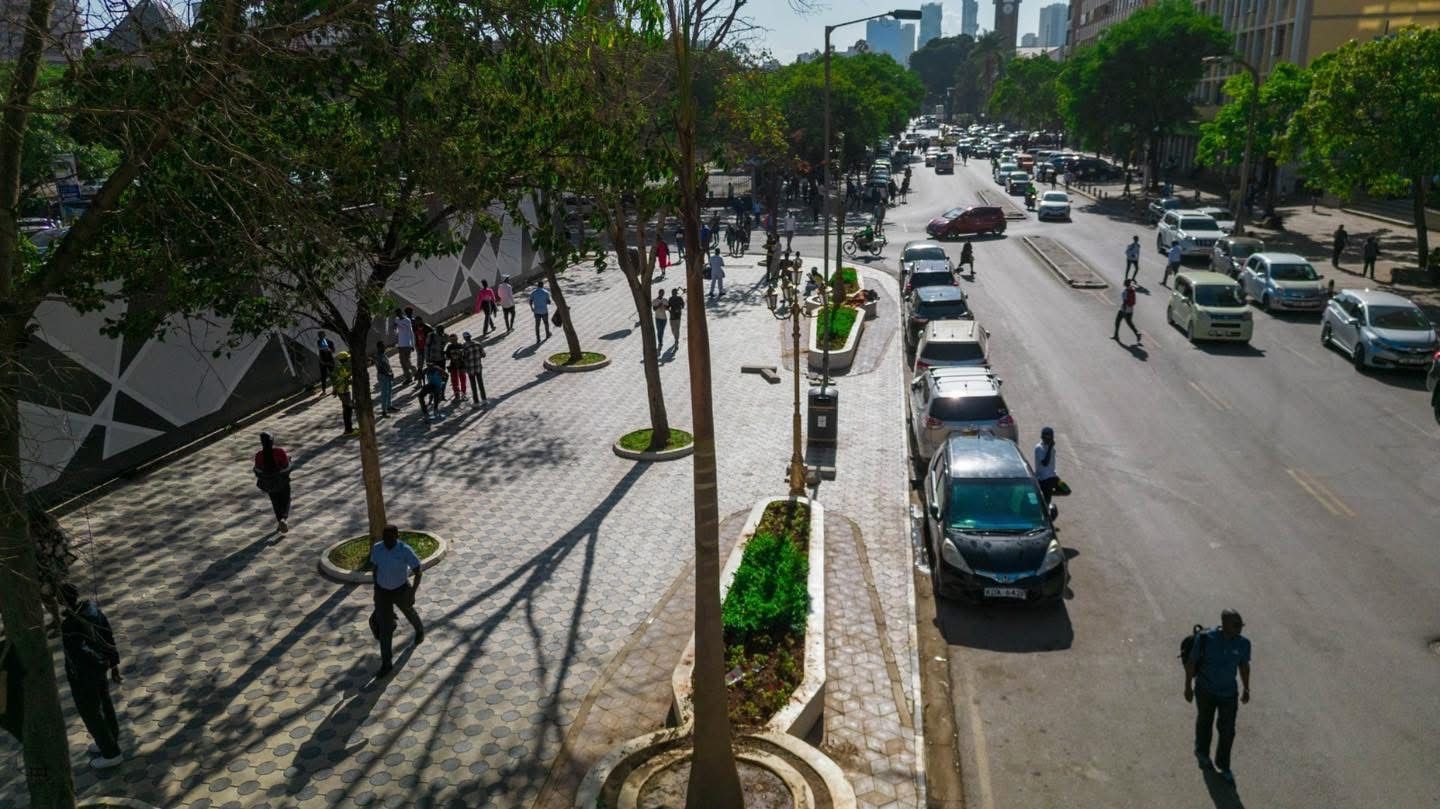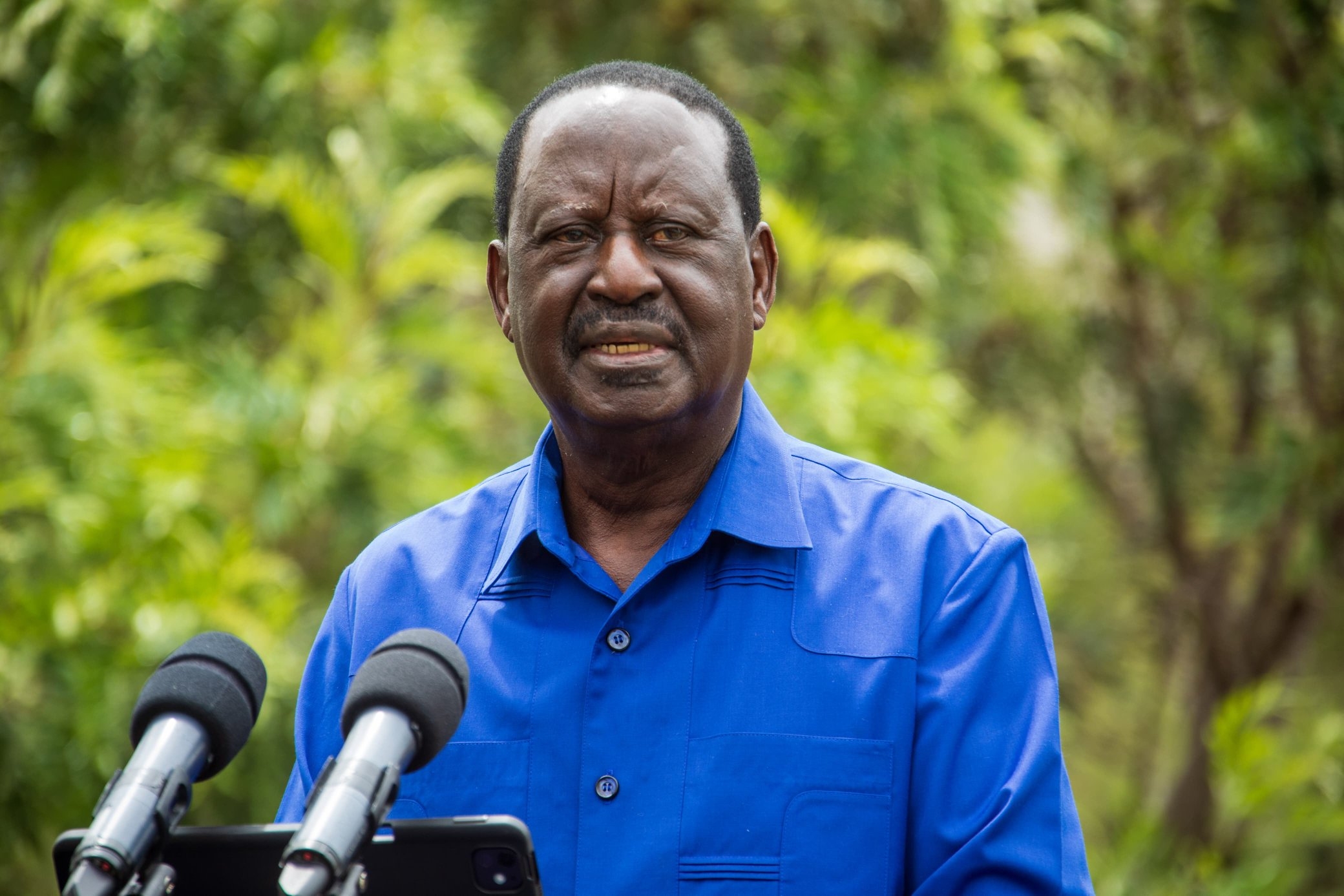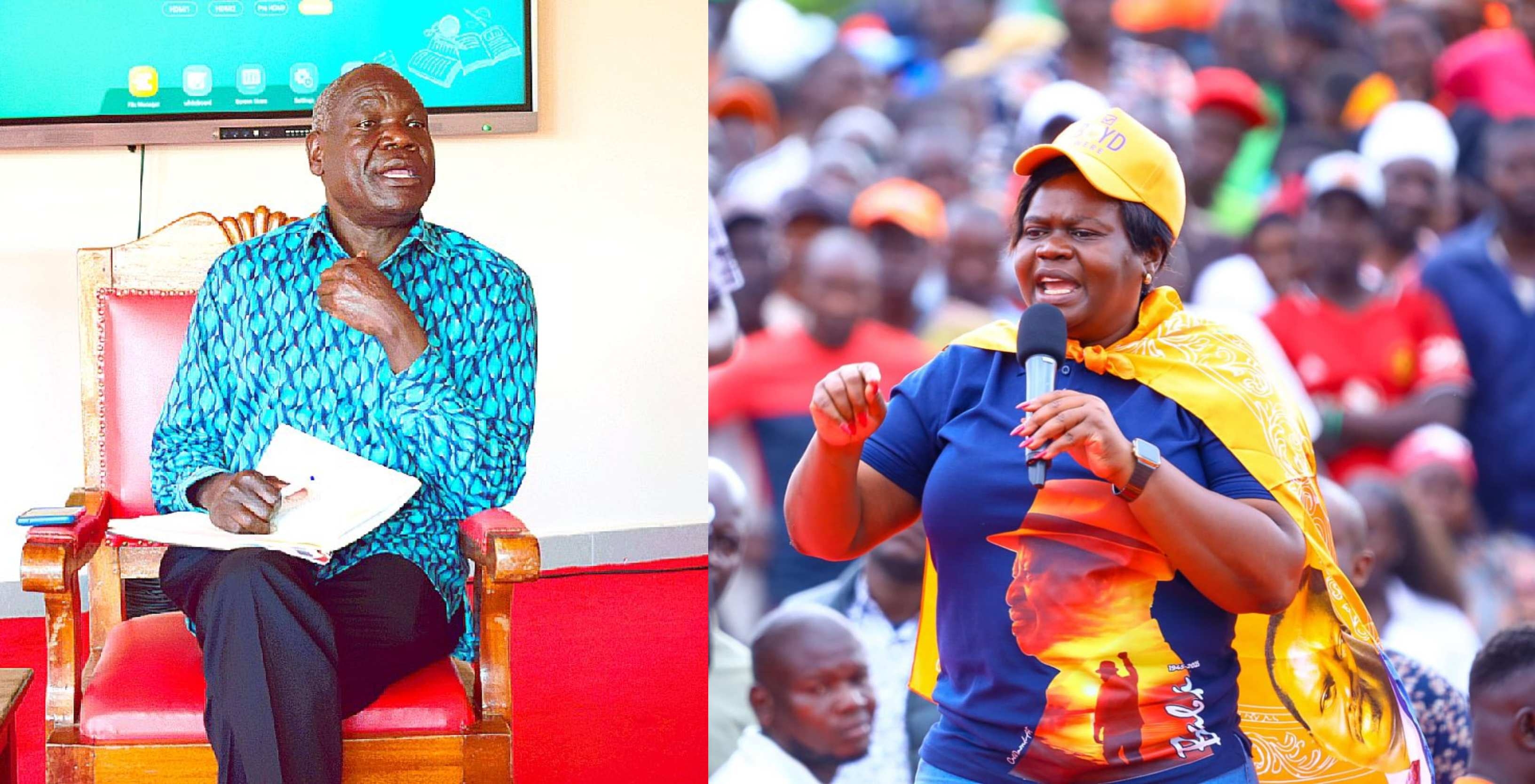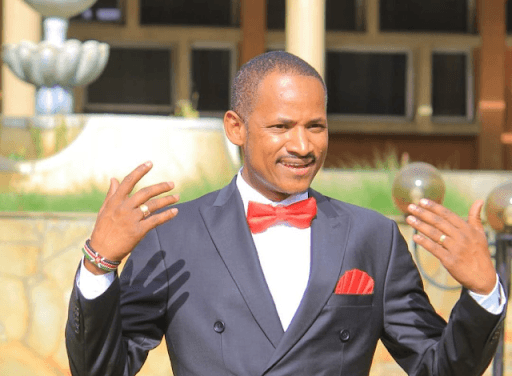
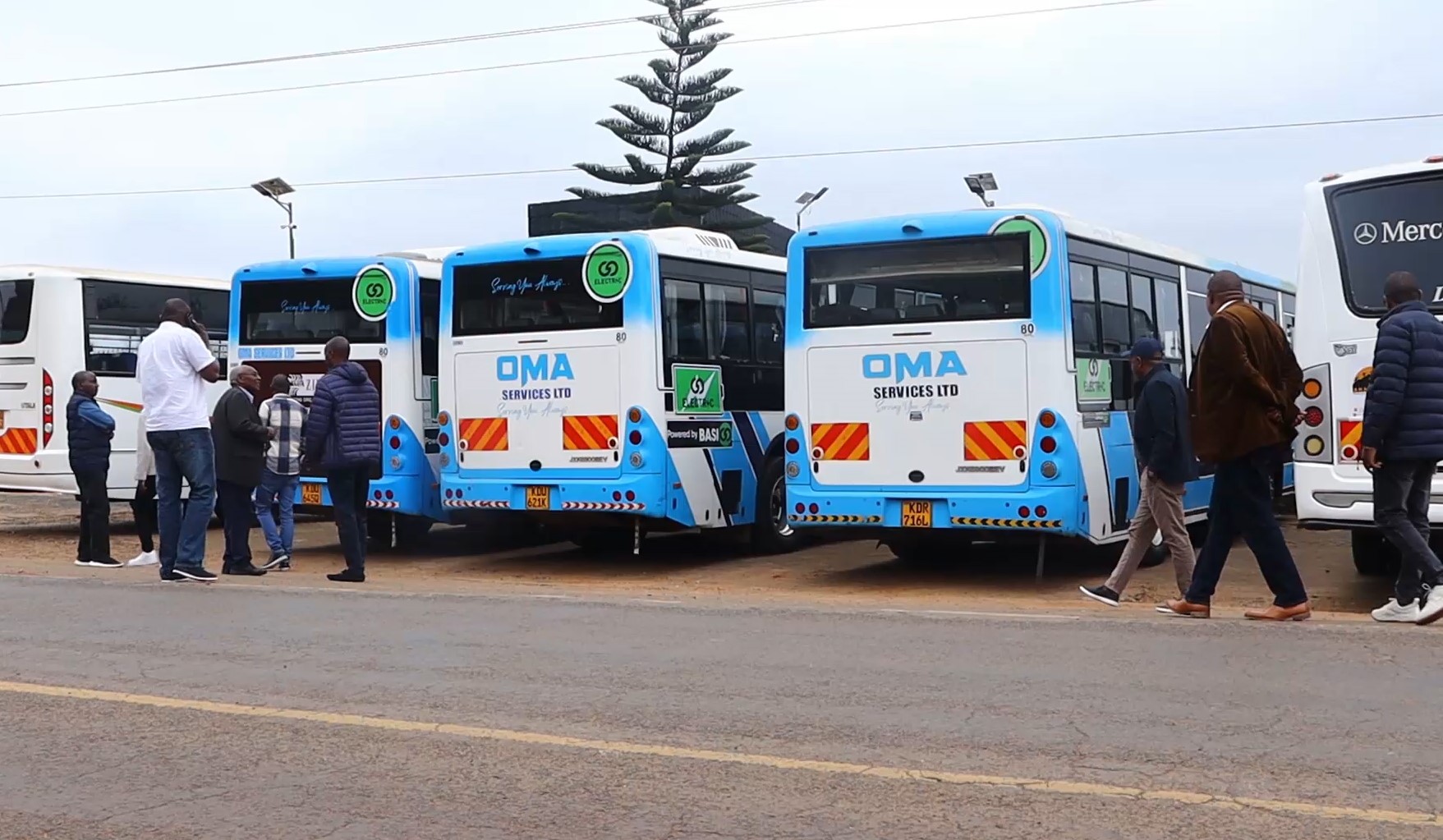 E-buses operated by OMA Services Sacco /ALICE WAITHERA
E-buses operated by OMA Services Sacco /ALICE WAITHERAThe Matatu Owners Association has embarked on a campaign to promote the adoption of electric buses as a way of cutting costs and mitigating climate change.
The association, which met in Murang’a on Saturday, said embracing e-buses would see the sector reduce the smoke emitted by matatus. The smoke contributes to the greenhouse gases that affect the climate.
MOA president Albert Karagacha said that the shift would enable the sector to conduct clean mobility that will provide more returns to matatu owners while providing comfortable transport services to passengers.
Karagacha however, emphasised the need for the government through the National Transport and Safety Authority to provide guidelines on the use of e-vehicles while leaving the sector to undertake the shift by itself.
He said the campaign is being conducted nationwide to reduce road carnage and cut fuel costs.
“The only way to reduce road carnage is to support Saccos to self-regulate but provide guidelines as NTSA. Let the government not interfere and just support the initiative,” he said.
He however challenged the government to establish incentives to encourage more matatu owners to shift to electric vehicles.
Karagacha said that the e-buses cut cost of maintenance by more than 40 per cent as compared to diesel buses, addressing the challenge of high fuel prices and translating into more returns for owners.
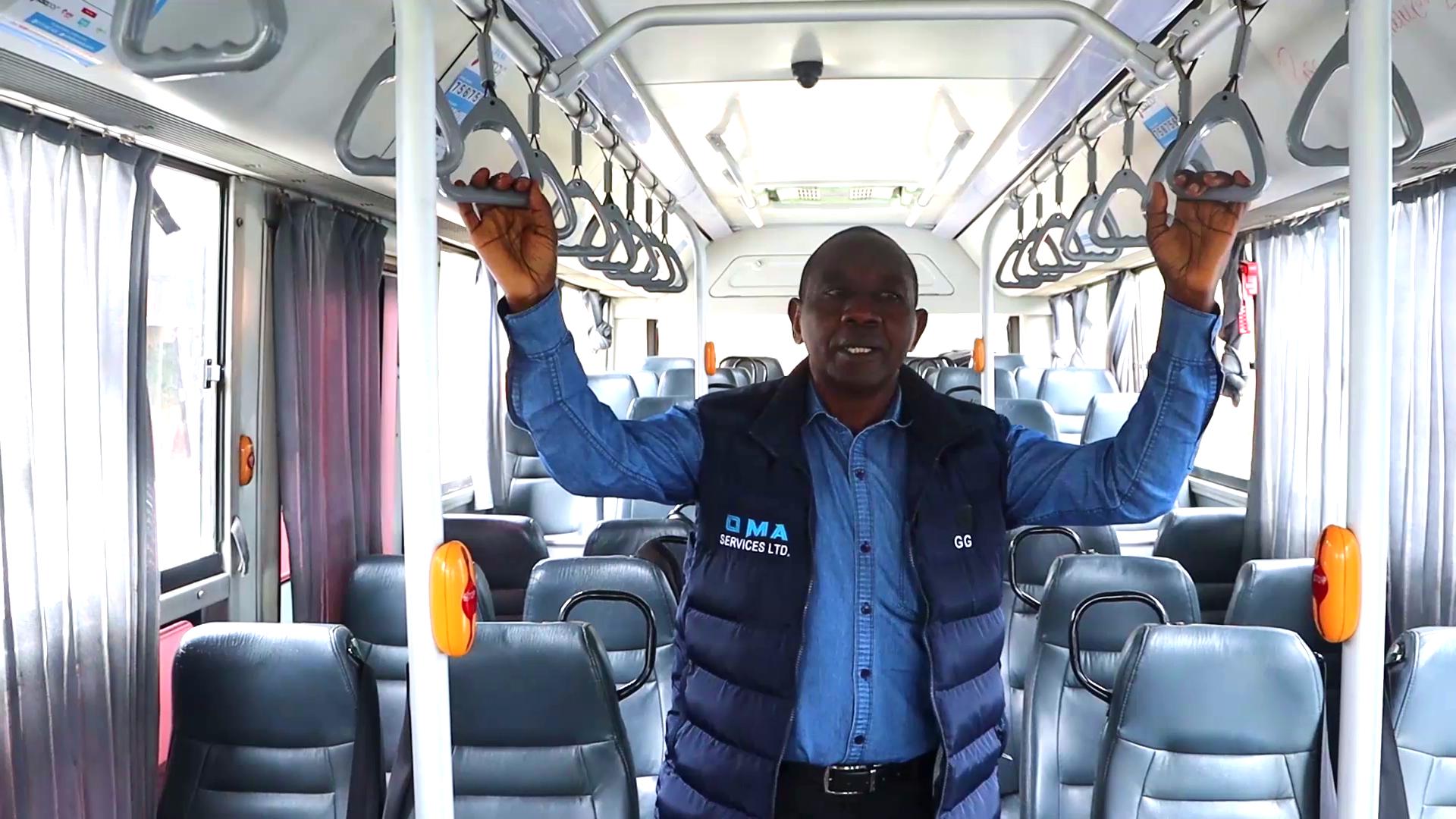 OMA Services chairperson George Muriithi in one of the electric buses operated by the Sacco
OMA Services chairperson George Muriithi in one of the electric buses operated by the SaccoFurther, he said the sector would create more than 700,000 new jobs annually once the e-buses are fully embraced.
He urged matatu Saccos to start
putting in place measures that will enable them to embrace clean mobility while
ensuring that their operators adhere to the guidelines, should they be provided
by NTSA.
“The matatu sector can save billions annually by reducing its dependence on fossil fuels and create new jobs such as charging stations’ attendants, technicians and battery specialists,” he added.
OMA Services is one of the Saccos that have started using e-buses and received its first fleet from BasiGo, an electric mobility start-up working to revolutionise the public transport sector by providing a cost-effective alternative to diesel buses, in 2023.
The Sacco also partnered with SasaPay, a mobile money payment platform, to make payments cashless.
The Sacco’s chairperson George Muriithi said e-buses have the capacity to transform the public transport sector due to their numerous benefits.
“These buses don’t require oil change and also don’t have a clutch. Servicing them is relatively cheap,” he said.
He said an electric bus uses half the money that a diesel consumes in fuel as it can travel for 250km without the need to recharge.
Muriithi said he was inspired to turn to electric buses after a visit in China in which he saw e-vehicles doing really well, adding that he jumped on board immediately they were piloted in Kenya.
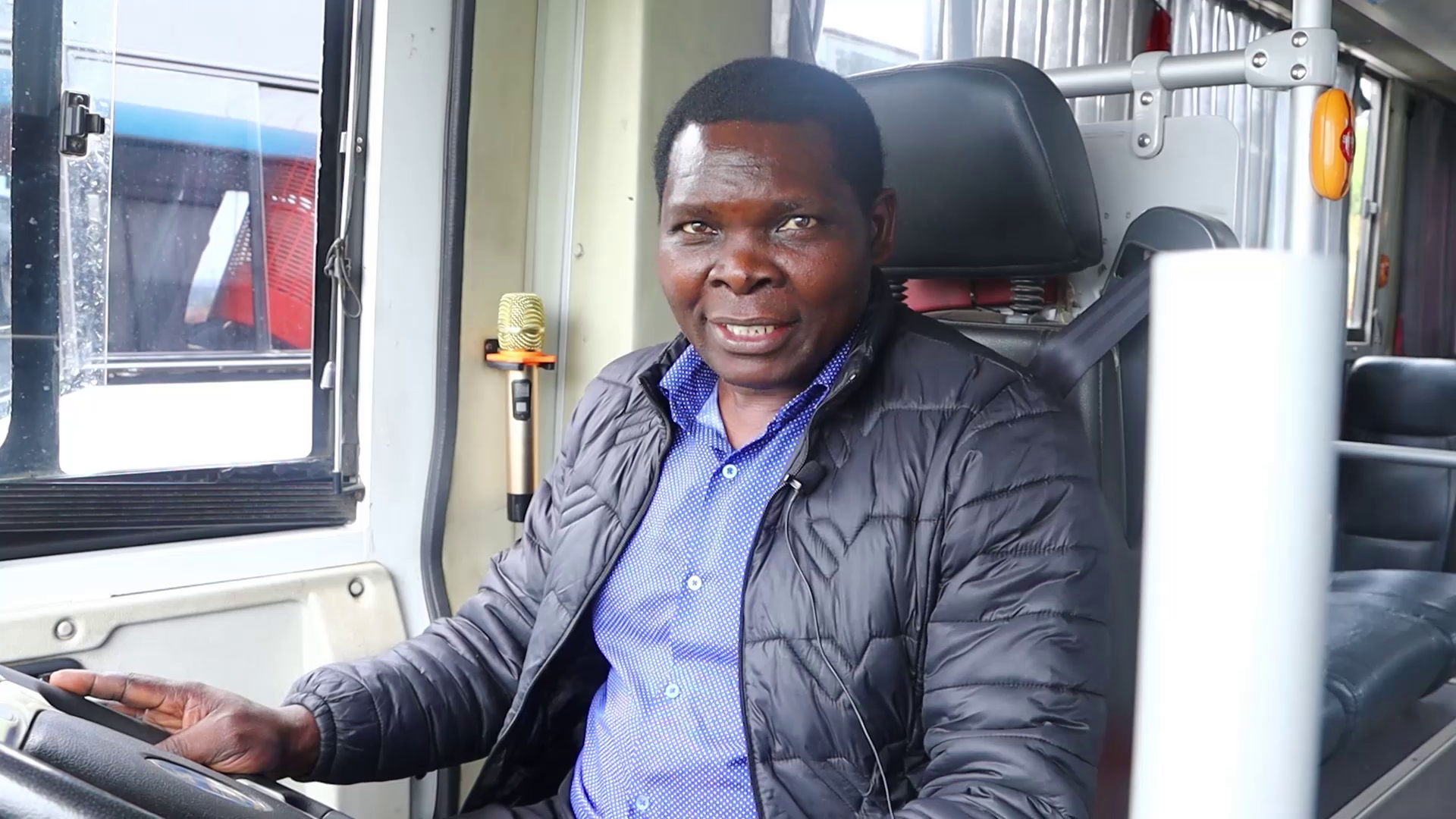 Daniel Moraa, a bus driver under OMA Services, explains how driving e-buses is different from diesel-powered ones
Daniel Moraa, a bus driver under OMA Services, explains how driving e-buses is different from diesel-powered onesHe, however, urged Kenya Power to consider establishing more charging stations as more Kenyans embrace e-vehicles to reduce congestion while ensuring a reliable supply of power.
“It’s important to have the charging stations placed in strategic areas such as on busy highways for motorists’ convenience. This would encourage more Kenyans to adopt e-vehicles,” he said, adding that many matatu Saccos have expressed interest in the e-buses.
Daniel Morara, a matatu driver with OMA Services, expressed enthusiasm for the new technological shift.
Morara said the electric buses are faster compared to the diesel ones and environment-friendly, as they don’t emit smoke.
“Driving this bus is much easier than a diesel one because it doesn’t have a clutch and requires less maintenance. You don’t keep worrying that the vehicle will break down,” he said.
Morara said the buses also emit little noise, making rides comfortable and enjoyable for passengers, allowing them to participate in digital meetings while on transit.
“Once passengers are on board and the door closed, you will not feel the motion noise that you normally hear when a conventional matatu is in motion.”
Instant analysis
The
association that met in Murang’a on Saturday said embracing e-buses would see
the sector reduce the smoke emitted by matatus and which contribute to the
greenhouse gases that affect the climate. OMA Services is one of the Saccos
that have started using e-buses and received its first fleet from BasiGo, an
electric mobility start-up working to revolutionise the public transport sector
by providing a cost-effective alternative to diesel buses, in 2023. The Sacco’s
chairperson George Muriithi said e-buses have the capacity to transform the
public transport sector due to their numerous benefits.




